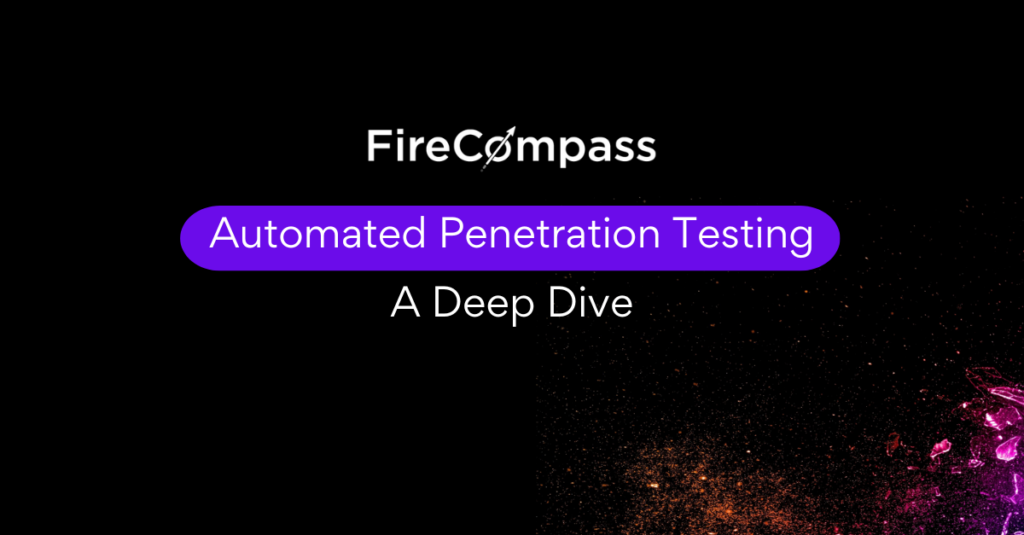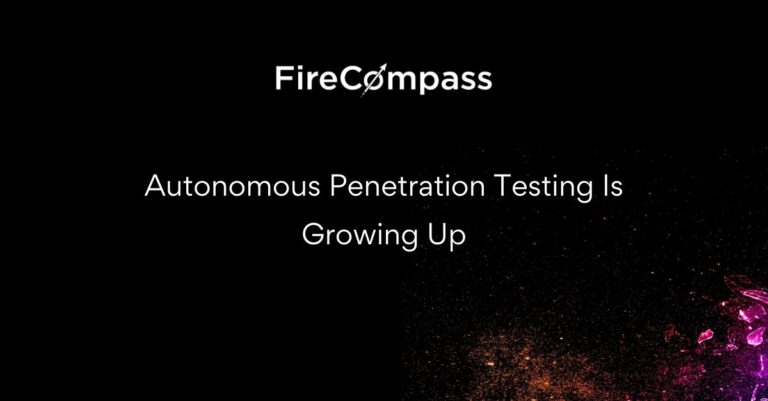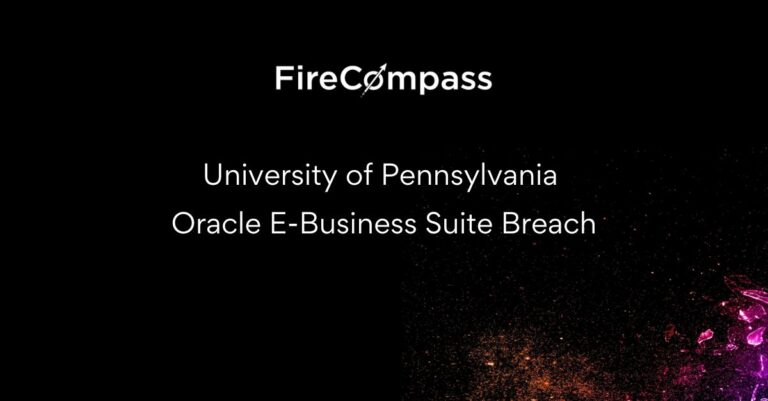Automated penetration testing redefines how we think about assessing vulnerabilities. Instead of manual, periodic assessments, automated penetration testing uses advanced algorithms and tools to continuously identify and address security weaknesses in your IT environment. This approach bridges the gaps left by traditional methods, ensuring that no vulnerability goes unnoticed or unresolved for too long.
What is Automated Penetration Testing?
Automated penetration testing automates the process of discovering, exploiting, and remediating vulnerabilities in your network, applications, and systems. By replacing manual efforts with intelligent automation, you get continuous, real-time insights into your security posture. This proactive method contrasts sharply with traditional penetration testing, which is often slow, expensive, and infrequent.
Challenges with Traditional Penetration Testing
Traditional penetration testing is plagued with several limitations:
- High Costs and Low Scalability: Manual pen testing requires skilled consultants, and costs can reach up to $3,000 per day. This cost structure makes frequent testing financially unfeasible for many organizations.
- Inadequate Frequency: Most traditional pen tests occur once or twice a year, leaving organizations exposed to evolving threats like ransomware and new CVEs that emerge between tests.
- Limited Asset Coverage: Traditional methods typically cover only 20% of assets, often ignoring the peripheral assets where attackers might gain initial access.
These constraints leave businesses vulnerable, as infrequent testing and incomplete asset coverage create windows of opportunity for attackers.
Why Automated Penetration Testing Matters
Automated penetration testing solves these issues by providing:
- Continuous Testing: Unlike traditional methods, automated penetration testing is an ongoing process, offering continuous assessment and real-time insights.
- Comprehensive Asset Coverage: Automated tools cover all assets, both known and unknown, ensuring no system or endpoint is overlooked.
- Cost Efficiency: Automation significantly reduces the cost of penetration testing by minimizing manual intervention and scaling efforts effortlessly.
Automated vs. Manual Penetration Testing
While automated penetration testing is excellent for covering broad areas of your IT environment quickly, it doesn’t entirely replace manual efforts. Automated tests are best for routine checks and finding common vulnerabilities, whereas manual tests allow for deeper analysis and the discovery of more complex issues that automated tools might miss. A balanced approach using both methods provides the best security coverage.
Advanced Techniques in Automated Penetration Testing
- Fuzzing and Exploit Testing: Automated tools like fuzzers can deploy large numbers of payloads to search for vulnerabilities, which are time-consuming for humans to test manually. By automating these repetitive tasks, your team can focus on more strategic and critical vulnerabilities.
- Intelligent Orchestration: Advanced tools do more than run basic scans; they intelligently orchestrate multiple testing methodologies to ensure comprehensive coverage, reducing redundant checks and enhancing overall efficiency.
- Vulnerability Correlation: Automated penetration testing platforms correlate vulnerabilities found across different scans and tools, providing a holistic view of your security posture. This approach helps in understanding potential attack vectors and prioritizing vulnerabilities based on combined impact.
- Real-Time Threat Modeling: Modern automated tools integrate real-time threat intelligence feeds, continuously updating their attack methodologies to reflect the latest vulnerabilities and threat patterns. This dynamic approach keeps your defenses aligned with current threat landscapes.
FireCompass Automated Penetration Testing Capabilities
FireCompass stands out by offering an advanced, AI-driven platform that automates the penetration testing process from start to finish. Here’s how FireCompass’s solution excels:
- Advanced Reconnaissance: FireCompass performs continuous reconnaissance to discover pen test targets, indexing domains, subdomains, IPs, and other critical elements of your attack surface. This comprehensive mapping enables a complete view of potential entry points and vulnerabilities.
Learn more about FireCompass Reconnaissance capabilities - Automated Network Penetration Testing: By simulating real-world attack scenarios, FireCompass tests your defenses against endpoint vulnerabilities, malware injections, and privilege escalations. This automation covers all network assets and adapts to evolving threats dynamically.
Explore FireCompass Network Penetration Testing - Application Penetration Testing: FireCompass uses a mix of automated tools and manual techniques to test web applications thoroughly. The platform goes beyond the OWASP Top 10 to identify deeper vulnerabilities, prioritizing them based on potential business impact.
Dive into FireCompass Application Penetration Testing - MITRE ATT&CK-Based Kill Chain Analysis: Leveraging the MITRE ATT&CK framework, FireCompass models sophisticated multi-stage attacks, providing insights into how threats progress from initial access to exploitation. This detailed analysis helps in understanding and mitigating complex attack chains.
Learn more about FireCompass Kill Chain Analysis - Real-Time Prioritization and Reporting: FireCompass prioritizes detected threats in real-time, categorizing them by severity and potential impact. This enables security teams to focus on the most critical vulnerabilities first, reducing response times and improving overall security posture.
See FireCompass Reporting Capabilities
Best Practices for Implementing Automated Penetration Testing
To maximize the benefits of automated penetration testing, consider the following best practices:
- Set Clear Objectives: Define what you aim to achieve with automated penetration testing, whether it’s identifying specific vulnerabilities, maintaining compliance, or enhancing overall security posture.
- Regular Scheduling: Establish a routine testing schedule that prioritizes critical assets and adjusts frequency based on risk levels.
- Continuous Monitoring: Use automated tools to maintain a continuous overview of your environment, ensuring that new vulnerabilities are identified and addressed promptly.
- Comprehensive Reporting: Ensure that all tests are documented, and results are analyzed for trends and patterns that can inform future security strategies.
Statistics Highlighting the Need for Automated Penetration Testing
- Frequent Data Breaches: According to IBM, the average cost of a data breach in 2023 was $4.45 million. Regular, automated testing can significantly mitigate these risks by identifying vulnerabilities before they are exploited. Source
- Increasing Vulnerabilities: The number of reported vulnerabilities has been increasing year over year, with over 22,000 CVEs published in 2023 alone. The rising number of vulnerabilities coupled with automated attack methods like botnets, demands continuous automated testing. . Source
- Speed of Attacks: Cyber attacks are increasingly automated, with 71% of breaches being financially motivated and many using automated attack methods that can exploit vulnerabilities within minutes. Source
Advantages of FireCompass Automated Penetration Testing
- Enhanced Asset Coverage: FireCompass covers all assets, both cloud and on-premise, ensuring that nothing is left out. This exhaustive approach protects against attacks that target lesser-known, peripheral assets.
- Increased Testing Frequency: With continuous testing, FireCompass helps organizations identify and address vulnerabilities as they emerge, reducing the exposure window significantly.
- Cost Efficiency: By automating penetration testing, FireCompass reduces reliance on costly manual testing, delivering significant savings while enhancing security.
- Reduced Risk Exposure: Continuous monitoring ensures that critical vulnerabilities are identified and remediated quickly, significantly reducing the risk exposure window.
Why Choose FireCompass?
FireCompass’s automated penetration testing platform not only identifies vulnerabilities but also provides actionable insights and remediation strategies. The platform is built for scalability and designed to handle the complexities of modern attack surfaces, offering features like:
- Automated Red Teaming: Continuous adversary simulation to assess your defenses against the latest attack techniques.
- Compliance Readiness: Helps organizations meet compliance requirements for regulations such as GDPR, HIPAA, and PCI by ensuring ongoing security assessments.
- Integration with Existing Tech Stack: Seamlessly integrates with your existing tools and workflows, enhancing your security operations without adding complexity. Explore how FireCompass integrates with your tech stack
Conclusion
Automated penetration testing is no longer optional; it’s a necessity in the modern threat landscape. By continuously assessing your attack surface, FireCompass provides a robust, scalable solution that keeps your organization one step ahead of cyber threats. Whether you’re looking to enhance your current security measures or need a comprehensive solution that covers all your assets, FireCompass delivers with precision, efficiency, and unparalleled expertise.
For more information or to see how FireCompass can enhance your security posture, request a demo today.












